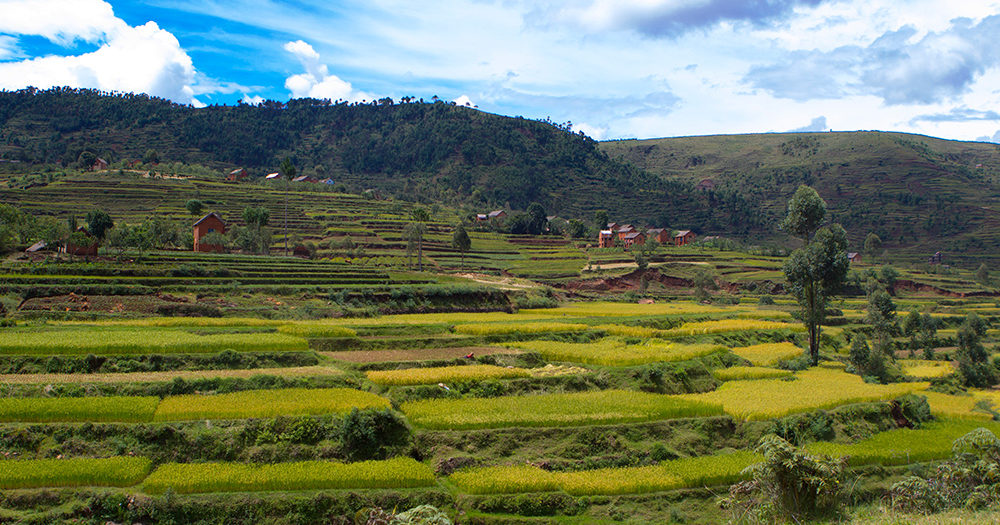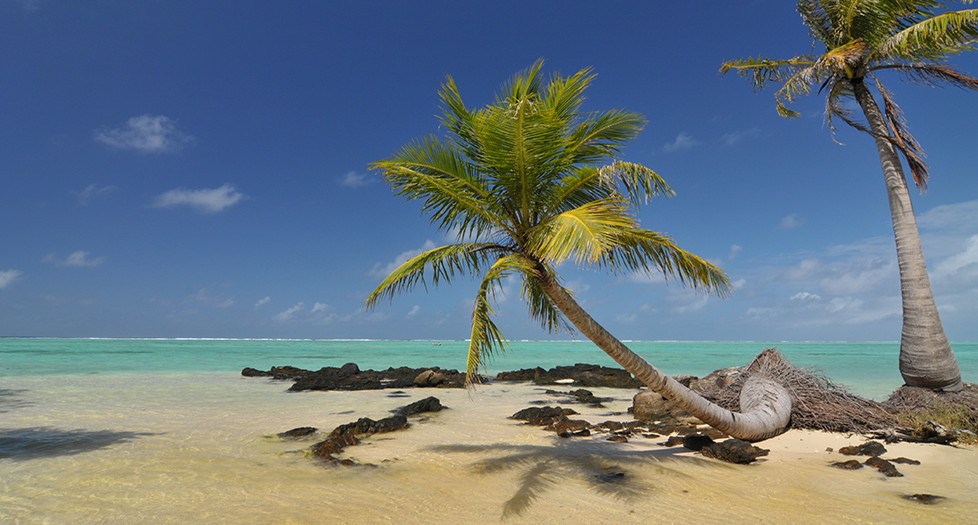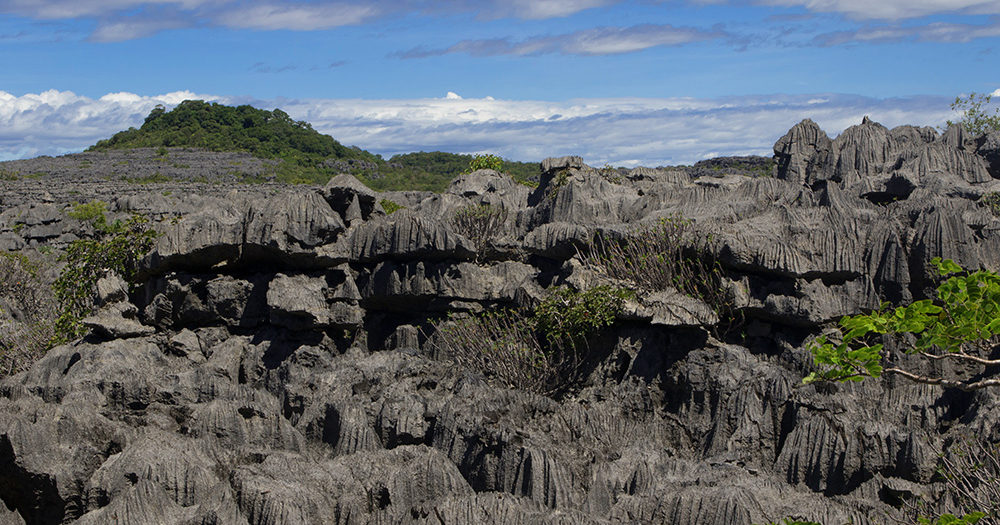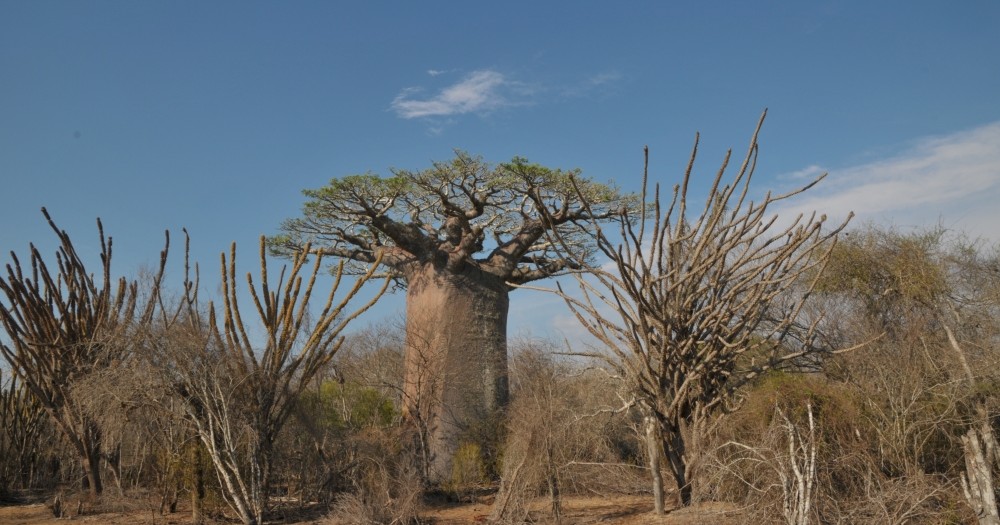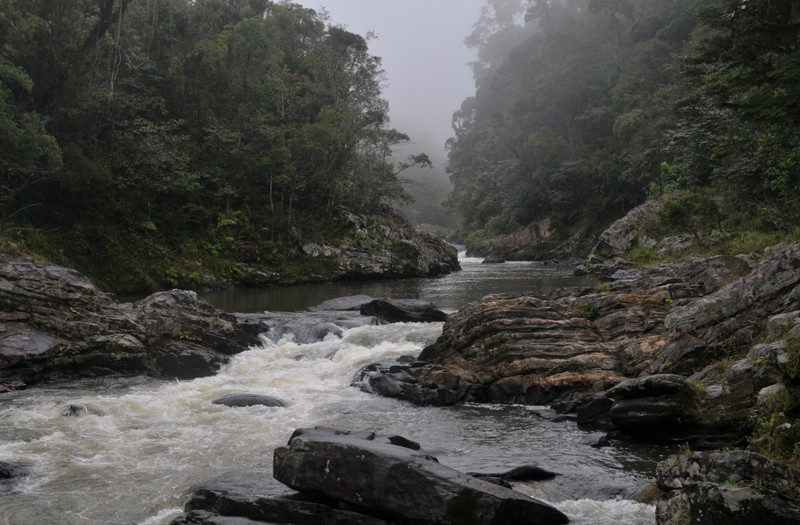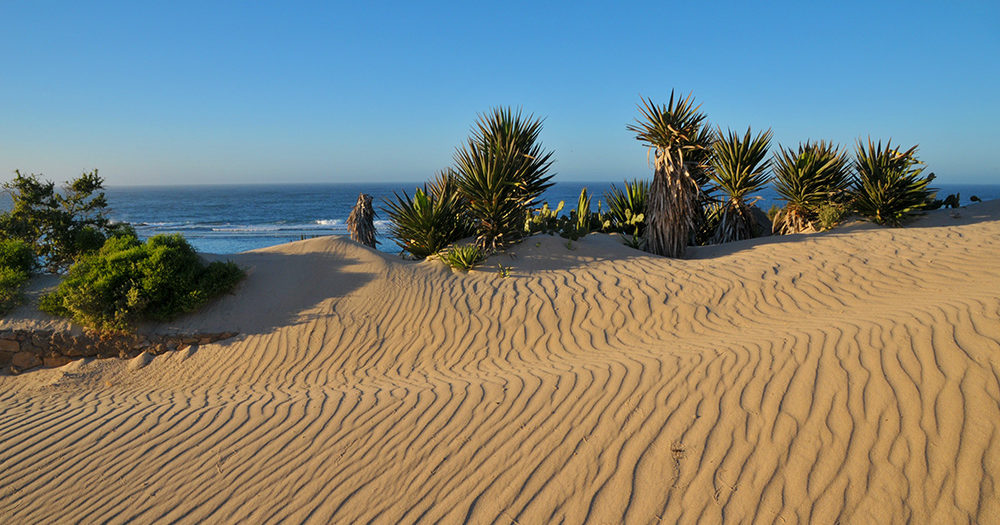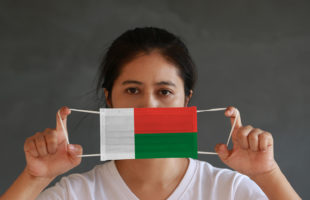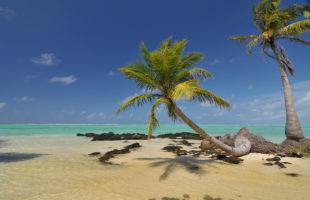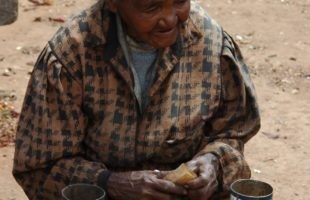Madagascar is an island with many faces and also with the climate this saying is more than true. Madagascar’s climate is dominated by the Indian Ocean, which sends trade winds throughout the year. These meet in Madagascar with different cave locations, protective mountain ranges, and unprotected offshore islands, which create very different climates.
The dry and rainy season
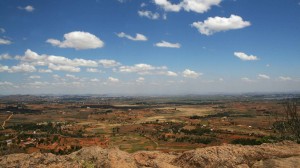
The climatic classification of the year distinguishes Madagascar the most from Europe and Northern America. There are not four seasons in Madagascar. Basically, the year is divided into a rainy and a dry season everywhere in Madagascar. The year begins with the warmer rainy season and changes into the cooler dry season around April. Around October and November, the rain starts again and continues into the new year. Depending on the climate zone, the rainy season is a little longer or considerably shorter.
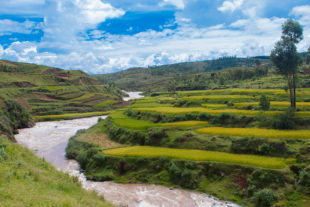
But don’t worry: Even though it is called the rainy season, it doesn’t rain during these months for the whole day. But everything is green and blooming, the rivers swell and the rice fields glow. In the dry season, you can see the characteristic red soil of the island, experience the baobabs alone on wide fields, and you may be able to travel to many parts of Madagascar that are otherwise inaccessible. Both times have their advantages of traveling in Madagascar. It is best to get advice from an experienced tour operator as to which is the best time to travel for you individually. The rainy season is also known as the “southern summer” because of its warmer temperatures and flowering landscapes, while the dry season with its colder temperatures is called the “southern winter”. However, these two terms have very little meaning in Madagascar. There, it is simply called the rainy and dry season.
One can roughly divide Madagascar into three different climate zones:
North and east coast
The north and east coast are dominated by rainforests, here it is very warm and, typical for the tropics, equally humid. The north of Madagascar is slightly drier and warmer than the east, as the Tsarantanana massif keeps the rain clouds on the east coast. This climate is called sub-equatorial, it comes from the warm trade winds that hit the coast directly. As the name rainforest suggests, these regions also receive regular rainfall during the dry season, which keeps the humidity constantly at a very high level. More than 3.500 l rain per m² (corresponds to mm) per year is the norm here! For comparison: In New York, there is about 1.144 l of precipitation in an average year. Masoala and Marojejy are among the areas of Madagascar with the highest rainfall. The average annual temperature along the east coast is always above 25°C. At night it cools down a little, in the higher altitudes partly very clearly.
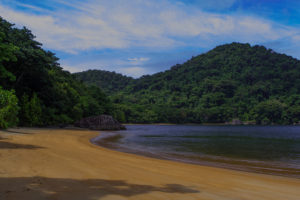
Due to its exposed position towards the Indian Ocean, the north and east coasts of Madagascar are unfortunately repeatedly the target of severe cyclones (hurricanes), especially at the beginning of the year. Mostly affected are the northeast coast and east coast with the cities of Antsiranana (Diego Suarez), Sambava, Maroantsetra, and Toamasina (Tamatave). In recent years, the worst cyclones have included Enawo in 2017, Ava in 2018 and Batsirai in 2022. Damages by cyclones in Madagascar are usually not only caused by the storm itself, but also by the heavy precipitation that accompanies it. Cleared areas have nothing to oppose the water masses, landslides and floods are the consequence. The last cyclones usually occur in February until at most late in March, when the storm season is over. The current situation as well as advance warnings of cyclones can be viewed daily at CycloCane.
In the north, as also on the east coast there are several islands in front of Madagascar that have a very pleasant climate with almost continuously more than 20°C. In addition, they have paradisiacal beaches, and even in the rainy season they usually have a cool breeze. Among the well-known holiday, islands are Nosy Boraha (St. Marie), Nosy Nato, Nosy Be, and Nosy Komba.
The Central Highlands
The actual highlands of Madagascar around the capital Antananarivo can be compared with the temperate climate of southern Europe. Here lie the country’s extensive rice terraces, which are more reminiscent of Asia than of Africa. As the rain clouds release most of their humidity already at the east coast, it is clearly drier in the central highlands and due to the altitude correspondingly cooler. During the dry season, the temperatures go down to single-digit degrees, while during the daytime a Mediterranean climate prevails. Frost occurs only in isolated villages at very high altitudes. With the rainy season, it gets warm in the highlands. Therefore, it rains up to 1.400 l/m² per year, whereby most of the rainfalls actually fall during the rainy season. Especially at the beginning of the rainy season, one can expect more evening thunderstorms.
West and south
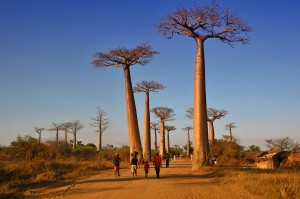
The west and especially the south of Madagascar consist mainly of savannah, dry, and spiny forests. Up to this point, the trade winds do not manage to carry rain clouds anymore, accordingly little rainfall arrives in these regions. Madagascar only has a rainfall of 330 l/m² in the southwest around Toliara (Tuléar). The climate is that of tropical, semi-arid savannah. Also during the rainy season, there is only very little rain in the south, in certain places only during some days of the year. During the day, the temperatures regularly rise above 35°C. In the west, the rainy season is somewhat more pronounced, but still rather poor. During the dry season, the temperatures cool down considerably, especially at night, which sometimes makes temperature drops of more than 20°C within 24 hours possible.
Also in the southwest, there are some paradisiacal dream beaches and islands, for example, the bay of St. Augustin or Ifaty-Mangily.
 MADAMAGAZINE Your Magazine about Madagascar
MADAMAGAZINE Your Magazine about Madagascar
